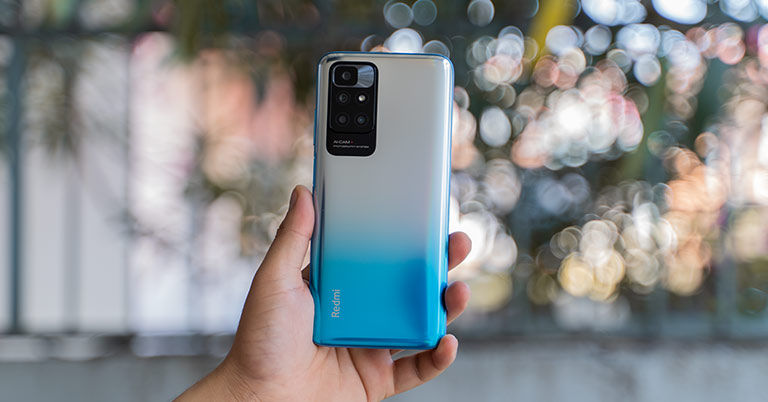
Last year’s Redmi 9 Prime was a budget phone that we adored. Just a few months ago, Redmi launched its successor with an improved GPU, camera, and battery. Before heading into this review of the Redmi 10 Prime, there’s one crucial thing to understand. For all the upgrades it brings, this budget phone is priced higher than its predecessor.
It now starts at INR 12,499/NPR 20,999 for the 4/64GB variant. Similarly, the higher-end 6/128GB variant costs INR 14,499/NPR 23,999. I have been testing Redmi 10 Prime for some time now and in this review, I will be sharing my experience to help you decide if this phone is really for you.
Before we begin, let’s take a quick look at the specs of Redmi 10 Prime.
Redmi 10 Prime Specifications:
- Body: 161.95 x 75.57 x 9.56mm, 192 gm
- Display: 6.5-inch LCD, AdaptiveSync (45/60/90Hz), Gorilla Glass 3
- Resolution: FHD+ (2400 x 1080 pixels), 20:9 aspect ratio
- Chipset: MediaTek Helio G88 4G (12nm Mobile Platform)
- Memory: 4/6GB LPDDR4X RAM (expandable up to 2GB)
- Storage: 64/128GB storage (expandable)
- Software & UI: MIUI 12.5 on top of Android 11
- Rear Camera: Quad (with LED flash)
– 50MP f/1.8 primary lens
– 8MP f/2.2 ultra-wide, 120° FOV
– 2MP f/2.4 macro camera
– 2MP f/2.4 depth sensor - Front Camera: 8MP f/2.0 (punch-hole)
- Security: Side-mounted fingerprint sensor, Face unlock
- Audio: 3.5mm headphone jack, stereo speakers
- Connectivity: Wi-Fi (2.4GHz + 5GHz), Bluetooth 5.1
- Battery: 6,000mAh with 18W charging (USB Type-C)
- Sensors: Accelerometer, Ambient Light, Proximity, Electronic Compass, IR Blaster
- Color Options: Phantom Black, Bifrost Blue, Astral White
- Price in Nepal: Rs. 20,399 (4/64GB) | Rs. 23,999 (6/128GB)
Redmi 10 Prime Review:
Design
- 161.95 x 75.57 x 9.56mm, 192 gm
- Glass front, Polycarbonate body
Let’s start with the design first. Here, the company has gone with the EVOL-like finish that it introduced with the Note 10 series. That being said, I’m not a fan of this glossy Bifrost Blue finish, which catches fingerprints way too easily. Redmi does ship the phone with a case, but the one that came with my unit did more harm than good.
The uneven surface of the case has left white blemishes on my phone. So if you are planning to buy this phone, I recommend you go with either Phantom Black or the Astral White variants that have a matte finish instead. Still, if you really fancy Bifrost Blue, I strongly recommend you to get a good third-party case.
On the right, we have the volume rocker and a power button. The latter doubles as a fingerprint scanner which is both fast and accurate. On the left, you have a SIM card tray that can accommodate two nano SIMs and a microSD card.
Audio and Call Quality
- Dual-stereo speakers
- Dual microphone
Redmi 10 Prime has a speaker on both top and bottom, which makes it among the cheapest phones to feature a stereo audio setup. However, the output from the top speaker is faint and is often overshadowed by the one on the bottom.
The earpiece and dual-microphone didn’t let me down during phone calls. I didn’t face any problem with the proximity sensor either.
Display
- 6.5-inches FHD+ IPS LCD screen
- 90Hz refresh rate, Gorilla Glass 3
Over on the front, we have a 6.5-inch FHD+ display. While it’s not an AMOLED panel, it does support a 90Hz refresh rate, making scrolling through the UI a fairly smooth experience. This screen also dials down to 60Hz in some apps like File manager, Camera, and when streaming videos.
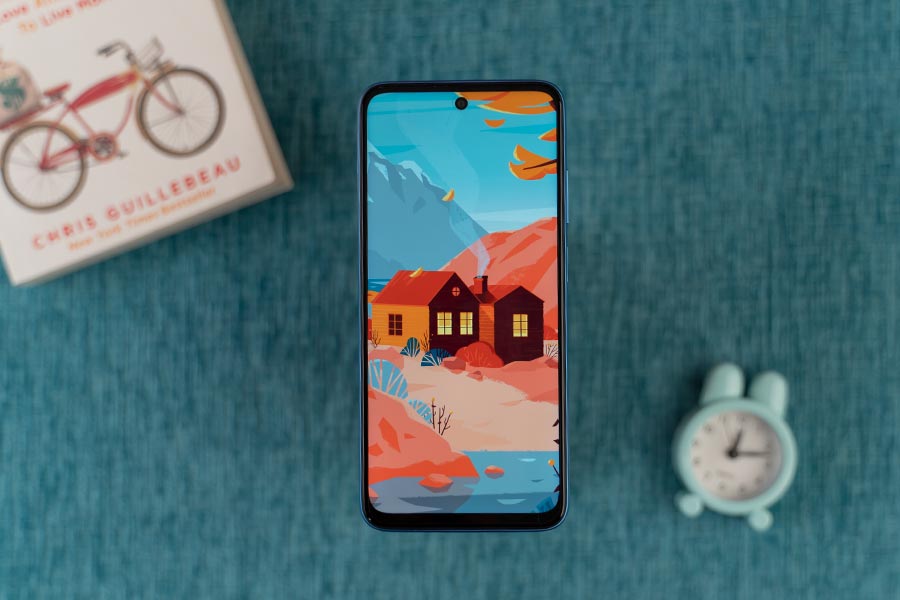
Redmi says its 45Hz mode is triggered by static content but I have not been able to confirm it yet. For an LCD display, the colors and viewing angles are quite good here. I also did not have any problem with brightness. It certainly takes a little hit outdoors but remains usable even so.
Plus, since it has Widwine L1 certification, you can stream HD content from Netflix and other streaming platforms. As for protection, Redmi has gone with Gorilla Glass 3 here.
Camera
- Quad camera setup at the back
- (50MP primary, 8MP ultrawide, 2MP macro, 2MP depth)
- 8MP selfie camera inside the punch-hole cutout
As for optics, Redmi 10 Prime features a quad-camera setup at the back, led by a 50MP lens. This is followed by an 8MP ultrawide, and a couple of 2MP sensors of macro and portrait shots. Up front, you’ll find an 8MP selfie camera.
Normal, Ultrawide Images
The photos from the main sensor are a little too sharp for my liking, while the colors are muted too. In contrast, photos from the ultrawide sensor look more lively but are void of details.
Portrait Images
Moving on, the portrait mode does tone down the sharpening by a bit. But the edge detection is not that great as evident from these clicks.
Nighttime Images
The night shots are not that exciting either. The details are soft and the overall output is grainy. Turning on the Night Mode doesn’t improve things either. In its defense, the phone adds brightness to the picture, while also trying to maintain exposure. However, the end result is not that promising.
The macro camera lacks autofocus. And the output from this 2MP sensor is just passable.
Selfie Images
Moving on, selfies from the 8MP front camera come out decent though. While edge detection on portrait selfies is not perfect, I didn’t notice any vast difference between normal and portrait selfies.
In terms of videos, the Redmi 10 Prime can only record up to 1080p 30fps videos. There is no image stabilization either, so the output is rather shaky.
Performance
- MediaTek Helio G88 chipset (12nm mobile platform)
- 4/6GB LPDDR4X RAM, 64/128GB eMMC 5.1 storage
As for performance, this budget phone comes with MediaTek’s Helio G88 chipset. This brings a higher clocked GPU (1000Mhz) compared to the G80 on Redmi 9 Prime. As for memory, my review unit of the Redmi 10 Prime comes with 4GB of RAM and 64GB of internal storage.
This chipset is plenty powerful for day-to-day tasks and even some gaming. Here, PUBG Mobile defaults at Balanced graphics and Ultra frame rate. While the phone gets a little warm while gaming, I didn’t notice a considerable drop in performance.
The battery drain was only 12% after around 45 minutes of gameplay as well. Similarly, you can play COD Mobile on Medium graphics and High frame rate.
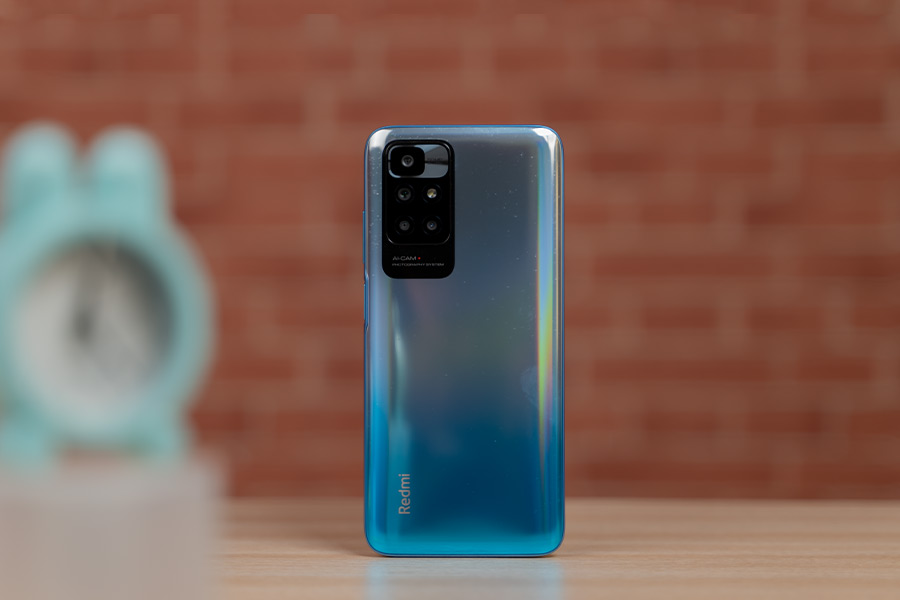
For the aforementioned games, the display locks at 60Hz mode. 90Hz gameplay is only supported in a handful of games including Critical Ops, the experience of which was quite smooth. Moving on, this phone lacks a dedicated gyroscope and the software implementation is not effective while gaming.
Software
- Xiaomi’s MIUI 12.5 based on Android 11
Redmi 10 Prime boots on MIUI 12.5 based on Android 11. You can now uninstall the majority of pre-loaded Xiaomi. This includes ShareMe, Recorder, Notes, Weather, and Calculator. That being said, few of the apps like Music, Security, and File Manager are still untouchable.
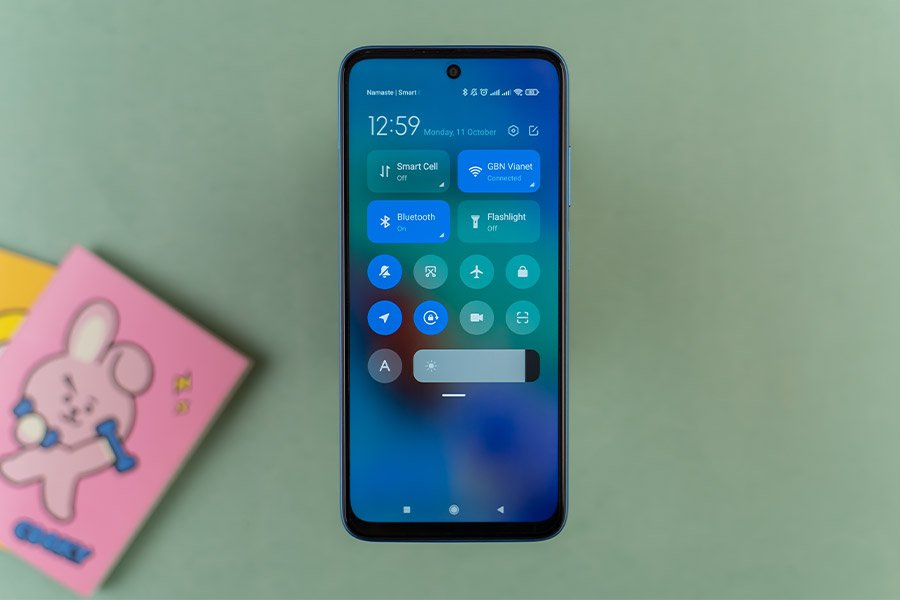
The one area where MIUI can improve is its RAM management. Redmi 10 Prime can not hold apps for too long, which can get frustrating at times.
Battery
- 6,000mAh with 18W fast charging
- 22.5W power adapter inside the box
Fueling the phone is a massive 6,000mAh battery that will last over a day under normal usage. I usually got 7.5 to 8 hours of screen-on time here. Though Redmi includes a 22.5W charger inside the box, the phone can only charge at 18W at max. With the included charger, it takes the phone 2.5 hours to go from 0 to 100%.
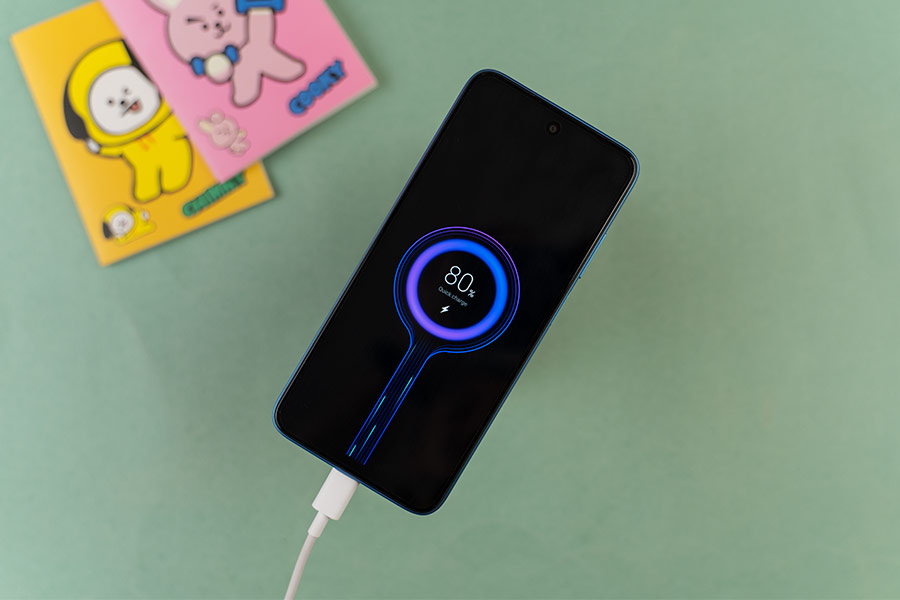
Redmi 10 Prime even supports reverse charging of up to 9W. Thus, you can use it to power your accessories or even smartphone.
Redmi 10 Prime Review: Conclusion
Wrapping up this review of the Redmi 10 Prime, as I said in the beginning, this phone starts at a much higher price than its predecessor. And it does reflect on its overall experience as well. However, if you can afford a little extra, you will be better off with the Redmi Note 10S, which I feel offers the better overall experience of the two.
- Watch our review video of the Redmi 10 Prime.
Redmi 10 Prime Review: Pros and Cons
Pros
- Good 90Hz LCD panel
- Reliable performance
- Great battery life
- Stereo speaker setup
Cons:
- Aggressive RAM-management
- 50MP camera is not a game-changer
- Pretty bulky form factor






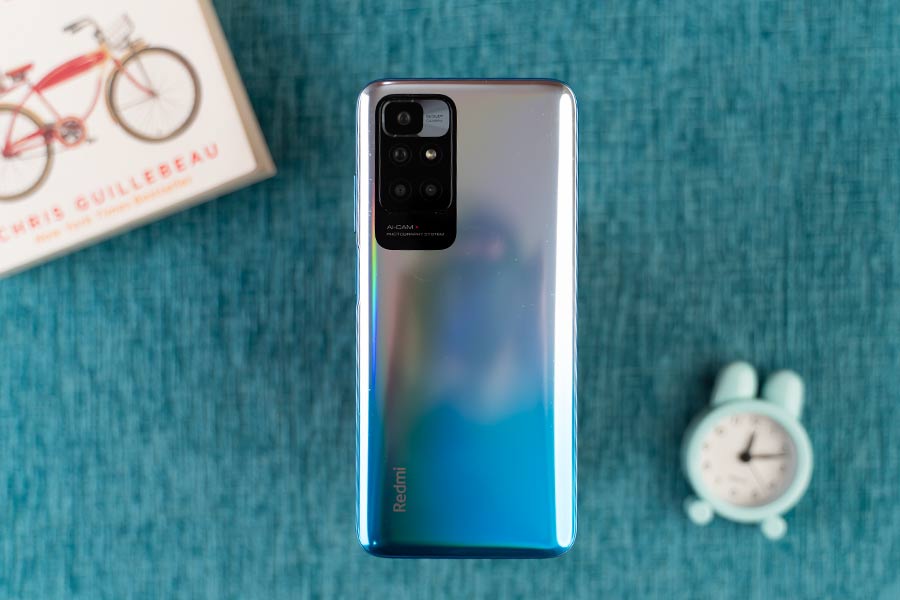



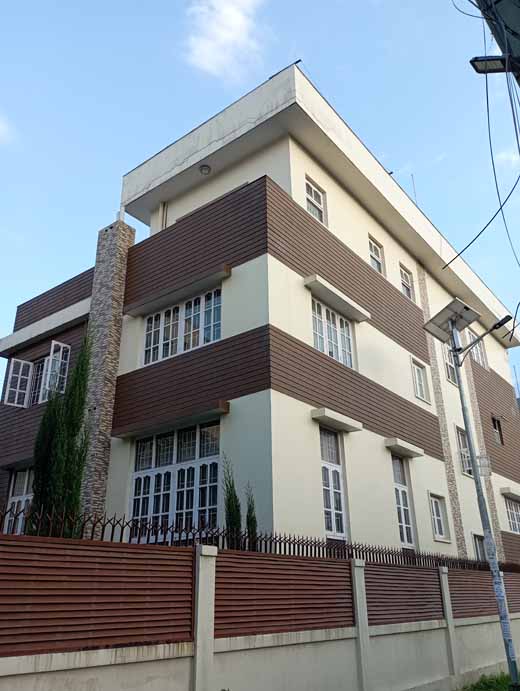


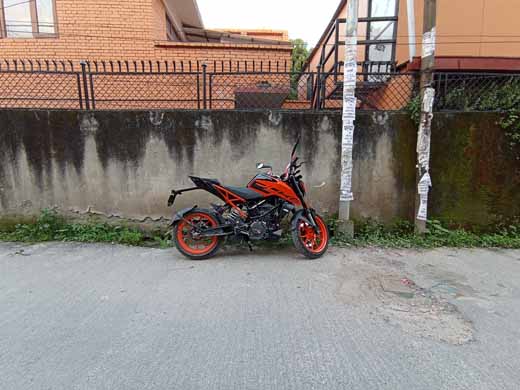



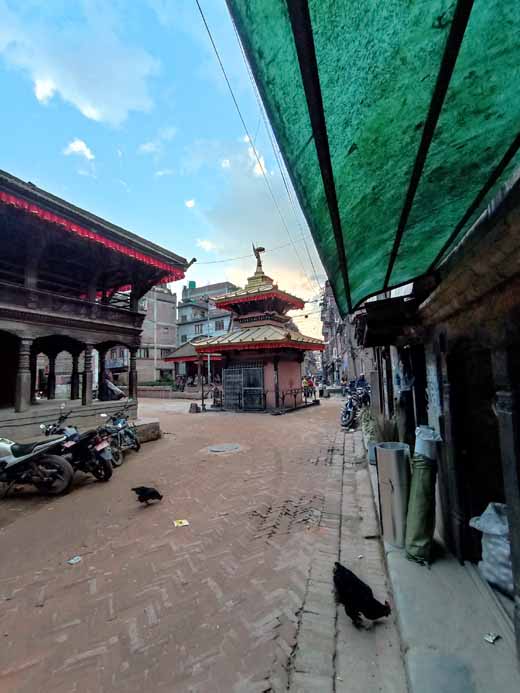






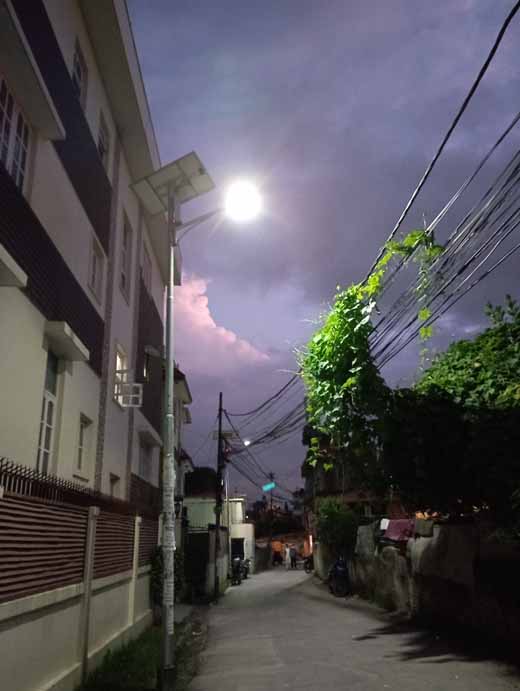

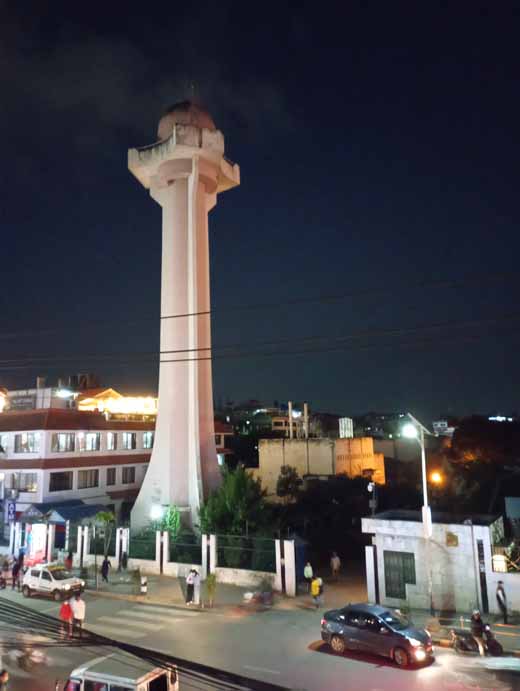
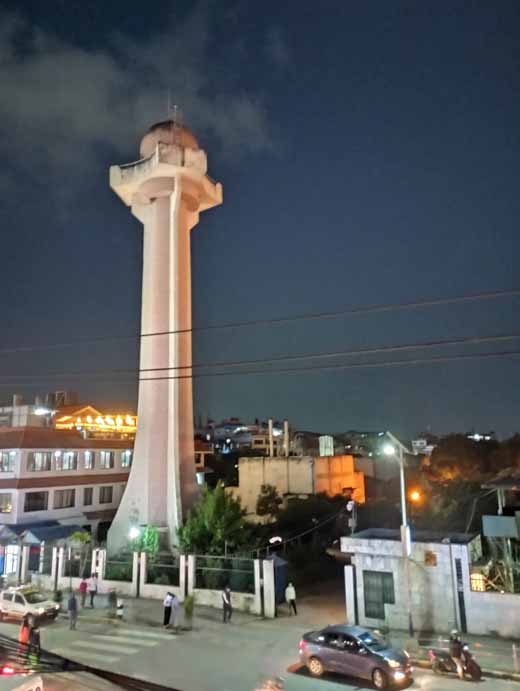

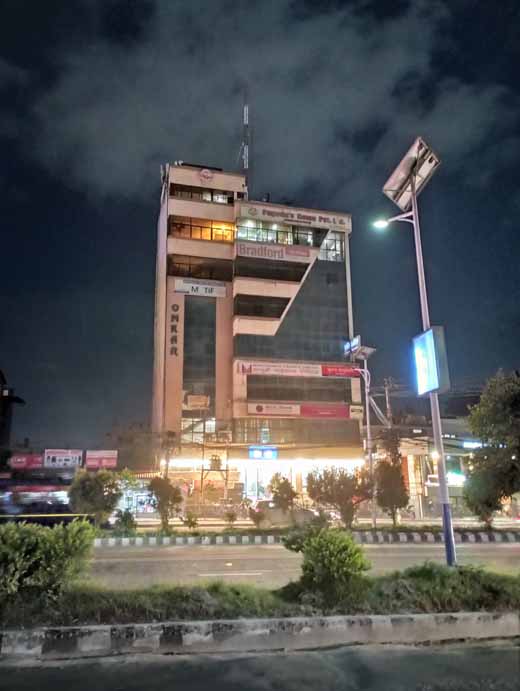









![Best Gaming Laptops in Nepal Under Rs. 250,000 (रु 2.5 Lakhs) [2025] Best Gaming Laptops Under 2.5 lakhs in Nepal [Feb 2025 Update]](https://cdn.gadgetbytenepal.com/wp-content/uploads/2025/02/Best-Gaming-Laptops-Under-2.5-lakhs-in-Nepal-Feb-2025-Update.jpg)
![Best Gaming Laptops in Nepal Under Rs. 120,000 (रु 1.2 Lakhs) [2025] Best Budget Gaming Laptops Under Rs 120000 in Nepal 2025 Update](https://cdn.gadgetbytenepal.com/wp-content/uploads/2025/05/Best-Budget-Gaming-Laptops-Under-Rs-120000-in-Nepal-2024-Update.jpg)
![Best Laptops Under Rs. 80,000 in Nepal [2025] Best Laptops Under 80,000 in Nepal March 2025 Update](https://cdn.gadgetbytenepal.com/wp-content/uploads/2025/03/Best-Laptops-Under-80000-in-Nepal-March-2025-Update.jpg)
![Best Gaming Laptops in Nepal Under Rs. 200,000 (रु 2 Lakhs) [2025] Best gaming lapotp under 2 lakhs Nepal Feb 2025](https://cdn.gadgetbytenepal.com/wp-content/uploads/2025/01/Best-Gaming-Laptops-Under-2-Lakh-Nepal-Feb-2025-Update.jpg)

![Best Mobile Phones Under Rs. 15,000 in Nepal [Updated 2025] Best Phones Under 15000 in Nepal 2024 Budget Smartphones Cheap Affordable](https://cdn.gadgetbytenepal.com/wp-content/uploads/2024/03/Best-Phones-Under-15000-in-Nepal-2024.jpg)
![Best Mobile Phones Under Rs. 20,000 in Nepal [Updated] Best Mobile Phones Under NPR 20000 in Nepal 2023 Updated Samsung Xiaomi Redmi POCO Realme Narzo Benco](https://cdn.gadgetbytenepal.com/wp-content/uploads/2024/01/Best-Phones-Under-20000-in-Nepal-2024.jpg)
![Best Mobile Phones Under Rs. 30,000 in Nepal [Updated 2025] Best Phones Under 30000 in Nepal](https://cdn.gadgetbytenepal.com/wp-content/uploads/2025/01/Best-Phones-Under-30000-in-Nepal.jpg)
![Best Mobile Phones Under Rs. 40,000 in Nepal [Updated 2025] Best Phones Under 40000 in Nepal 2024 Smartphones Mobile Midrange](https://cdn.gadgetbytenepal.com/wp-content/uploads/2024/02/Best-Phones-Under-40000-in-Nepal-2024.jpg)
![Best Mobile Phones Under Rs. 50,000 in Nepal [Updated 2025] Best Phones Under 50000 in Nepal](https://cdn.gadgetbytenepal.com/wp-content/uploads/2025/01/Best-Phones-Under-50000-in-Nepal.jpg)
![Best Flagship Smartphones To Buy In Nepal [Updated] Best flagship phone 2025](https://cdn.gadgetbytenepal.com/wp-content/uploads/2024/07/Best-Flagship-Phones-who-is-it-ft-1.jpg)